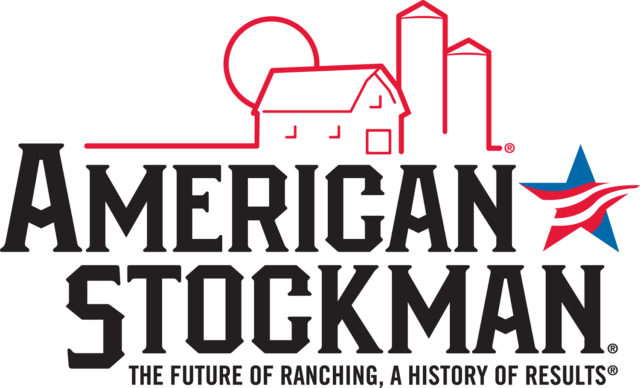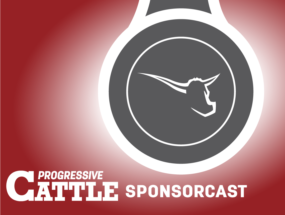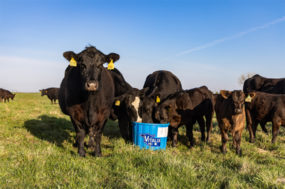Beef-on-dairy has become a hot topic in the beef industry in the past few years, but it has been discussed for over a decade in Iowa. When major packers stopped purchasing fed dairy cattle, we encouraged dairy farmers to identify and breed their lower-end cows to beef bulls to produce a crossbred calf that better fit into the beef market. While some of those first crossbred steers failed to meet industry expectations, times have changed, and the sire selection to fit this niche in the industry has improved significantly.
Much research has been conducted on beef-on-dairy calves in Southern feeding systems but less so in Midwest feeding systems. Thanks to funding from the Iowa Beef Industry Council and the Iowa Beef Checkoff, we recently completed a two-and-a-half-year project studying beef-on-dairy steers.
The objective of our study was to examine how early life nutrition – specifically looking at the level of starch or fiber in the diet – impacted performance later in life. Beef-on-dairy steers 120 days of age were purchased from three producers and fed either a high-starch or low-starch starter ration for about 60 days. Steers were then weaned and moved to a receiving trial for another 60 days, where they were fed either a pelleted ration or a forage-based total mixed ration (TMR). At the end of the 60-day receiving trial, they were fed a common growing TMR ration for 140 days. Then, steers were moved to a finishing yard and fed a common finishing diet for another 200 days. Calves were on an individual feed monitoring system throughout the project, so individual daily feed consumption was measured.

In the calf nursery stage, the high-starch calves ate significantly more grain and had a numerical advantage in weaning weight compared to low-starch-fed calves (Table 1).

In the receiving trial, there was a significant difference in feed intake, daily gain and ending weight based on the diet, with the pellet-fed calves consuming almost double what the TMR calves ate and ending with a heavier weight at the end of the 60-day trial. We suspect some of this is due to the change in the feed form (from pellets to TMR) because of the novelty of the TMR diet and the nutrient density; the change from individual animal housing to small group housing; and bunk access limitations associated with only one animal being able to eat at a time in the individual feed intake system.
A month after the receiving trial ended, the weight difference had narrowed, and there were no performance differences between groups by the end of the grower phase (about 260 days of age).
There were also no differences in intake or daily gain in the finishing phase. However, there was a slightly different growth curve for the calves that were on the low-starch starter and TMR receiving trial (Figure 2). These calves were still increasing in daily feed intake and growth as the other calves were starting to slow down. Some of this may be due to compensatory gain following the receiving trial, but we speculate this may also be due to a healthier rumen in the later finishing period, which is supported by the lower number of condemned rumens and liver abscesses.

All calves were marketed at about 465 days of age. Steers graded 15% Prime and 66% Certified Angus Beef (CAB), 15% low Choice and 4% Select. While there was no difference in the quality grade, yield grade or carcass weights between groups, the low-starch TMR group had numerically heavier carcass weight and 20% fewer liver abscesses (Figure 3) and rumen condemnations (Figure 4). Beef-on-dairy steers in this project only averaged 19% liver abscesses, which is well below other reports of beef-on-dairy steers.


The biggest impact from a carcass merit and gain perspective was from multiple treatments for respiratory issues. Calves that were treated two or more times had a significantly lower daily gain in the finishing phase, resulting in a 49-pound lighter ending weight and a 29-pound lighter carcass weight, and returned $91 less compared to nontreated animals.
When combining the slight differences in feed intake, feed efficiency and increased weights, the low-starch TMR group had numerically higher carcass value. The high-starch TMR group had numerically greater economic returns.
More research in this area is needed to further expound on the differences we saw and better predict a feeding program to optimize growth and minimize loss of carcass value (Tables 2, 3, 4).














